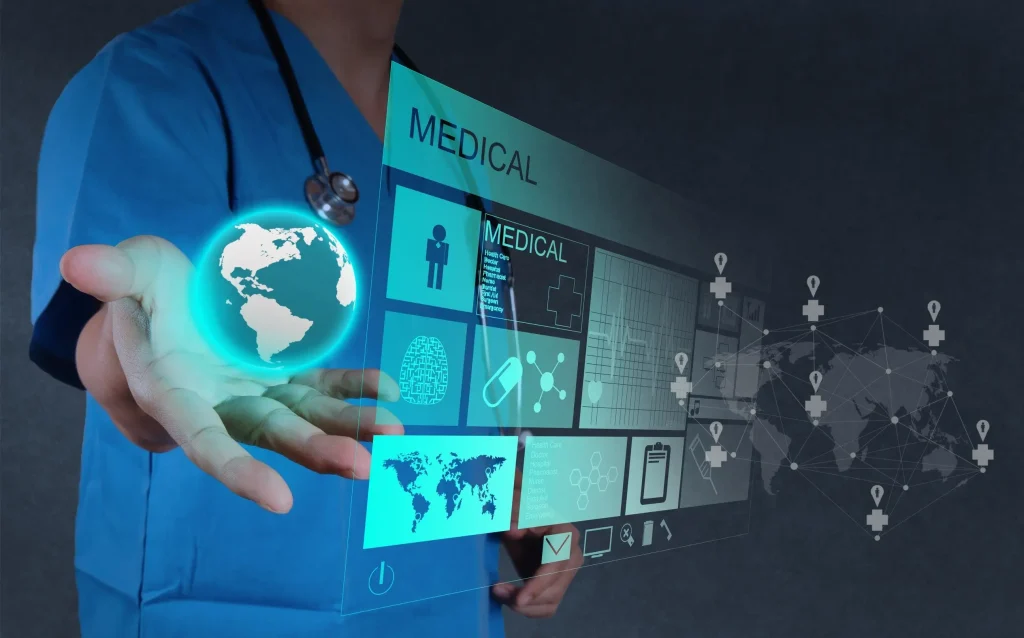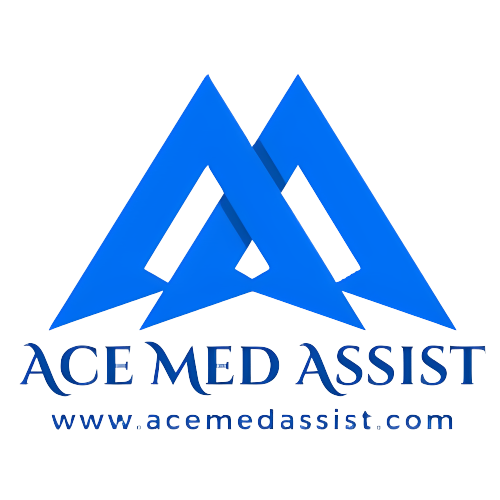In today’s healthcare landscape, the need for efficient and accurate medical credentialing has never been more critical. Medical credentialing is the process of verifying a healthcare provider’s qualifications, including education, training, and experience, to ensure they are qualified to provide care to patients. This process is vital for maintaining high standards in healthcare and protecting patient safety. However, traditional credentialing methods can be time-consuming, labor-intensive, and prone to errors. Fortunately, advances in technology have revolutionized the way credentialing services are performed, leading to faster, more efficient, and more reliable processes.
Understanding Medical Credentialing
Medical credentialing involves several steps, including verifying a provider’s licenses, certifications, work history, and education. The credentialing process ensures that healthcare providers meet the necessary standards to deliver safe and effective care. Credentialing services are essential for hospitals, clinics, and medical billing agencies that need to ensure compliance with regulatory requirements and maintain quality standards in healthcare.
Traditionally, the credentialing process was often tedious, requiring extensive paperwork, manual verification, and long turnaround times. This complexity can lead to delays in onboarding new providers, impacting patient care and healthcare operations. However, with the integration of technology, the credentialing process has become significantly streamlined.
The Role of Technology in Medical Credentialing

Automation of Data Collection
One of the primary ways technology simplifies the medical credentialing process is through automation. Credentialing services now use software to automate data collection and verification. Instead of relying on paper forms and manual data entry, healthcare organizations can use online platforms to gather and verify provider information quickly. This automation not only speeds up the process but also reduces the risk of errors that can occur with manual handling.
Centralized Data Management
Technology allows for centralized data management, where all provider information is stored in a secure digital database. This centralization makes it easy for medical billing services in US and thus healthcare organizations to access and manage credentialing data. When a provider’s credentials need to be verified, the information can be retrieved quickly without the need for cumbersome file searches. Centralized data management ensures that healthcare providers can be credentialed efficiently and effectively.
Enhanced Verification Processes
With advancements in technology, verification processes have become more robust. Credentialing services can now access databases that provide real-time updates on provider credentials, including licenses, certifications, and disciplinary actions. This access ensures that healthcare organizations have the most up-to-date information, reducing the risk of employing providers with expired or revoked credentials. Enhanced verification processes contribute to better patient safety and overall healthcare quality.
Streamlined Communication
Effective communication is essential for successful credentialing. Technology facilitates seamless communication between healthcare organizations, credentialing services, and providers. Online platforms and secure messaging systems allow for quick exchanges of information, such as requests for documentation or status updates on credentialing applications. This streamlined communication reduces delays and improves the overall efficiency of the credentialing process.
Compliance Management
Healthcare regulations are constantly evolving, and staying compliant can be challenging. Technology solutions provide tools to help organizations manage compliance with federal and state regulations. Credentialing services can track changes in regulations and automatically update their processes to ensure ongoing compliance. This proactive approach to compliance management helps healthcare organizations avoid costly penalties and maintain their reputations.
The Benefits of Simplified Credentialing

Implementing technology in the credentialing process offers several significant benefits for healthcare organizations:
- Time Savings: Automation and centralized data management drastically reduce the time required to complete the credentialing process. Providers can be onboarded more quickly, ensuring that healthcare facilities are staffed appropriately.
- Cost Efficiency: Streamlined processes lead to cost savings. Reducing the time spent on manual verification and paperwork can lower administrative costs, making organizations more efficient.
- Improved Accuracy: Technology minimizes the risk of errors associated with manual processes. This accuracy is critical for maintaining patient safety and ensuring that healthcare providers meet the necessary standards.
- Enhanced Provider Experience: A simplified credentialing process improves the experience for healthcare providers. Quick onboarding and efficient communication make it easier for providers to join healthcare organizations and focus on patient care.
- Better Patient Outcomes: Ultimately, an efficient credentialing process contributes to better patient outcomes. When qualified providers can be quickly integrated into healthcare teams, patients receive timely and effective care.
Conclusion
The integration of technology into the medical credentialing process has transformed how healthcare organizations manage provider qualifications. By automating data collection, centralizing information, enhancing verification processes, streamlining communication, and managing compliance, technology simplifies credentialing services significantly. As the healthcare industry continues to evolve, embracing technological advancements in medical credentialing will be crucial for ensuring quality care and maintaining high standards in the profession.
Key Points to Remember
- Automation speeds up the credentialing process and reduces the risk of errors associated with manual data entry.
- Centralized data management ensures easy access to up-to-date provider information.
- Enhanced verification processes provide real-time updates on provider credentials, improving patient safety.
- Streamlined communication facilitates quicker exchanges of information between healthcare organizations and providers.
- Proactive compliance management helps organizations stay current with regulations, avoiding penalties and ensuring quality standards.
By adopting technology in medical credentialing, healthcare organizations can enhance their operations, improve provider experiences, and ultimately deliver better patient care. The future of medical credentialing lies in embracing these technological advancements to streamline processes and ensure a high standard of healthcare delivery.









